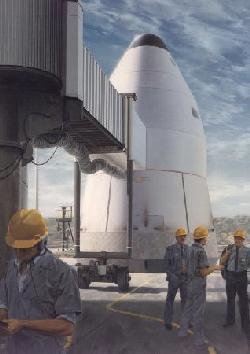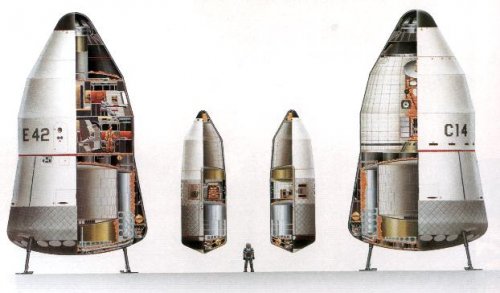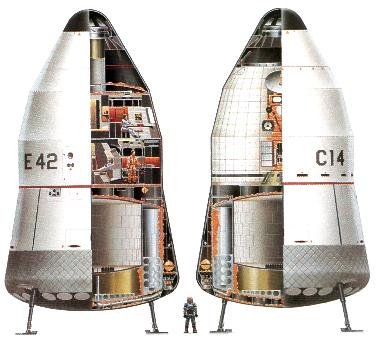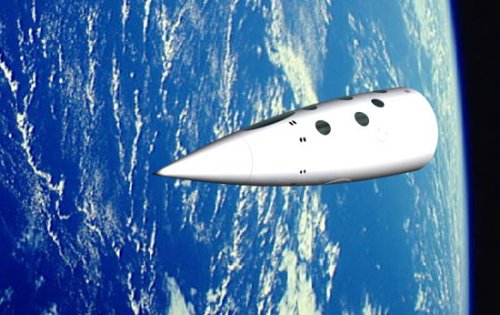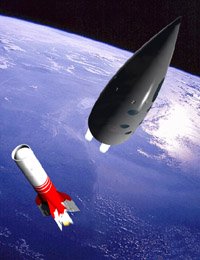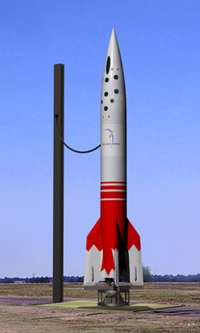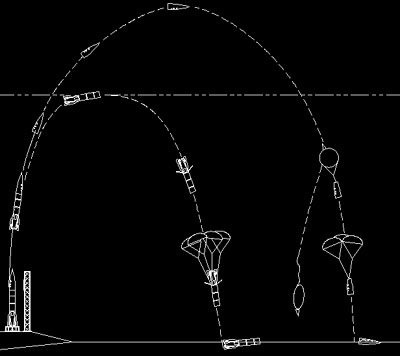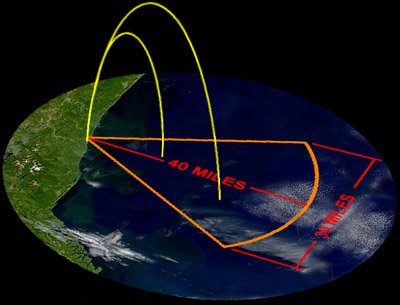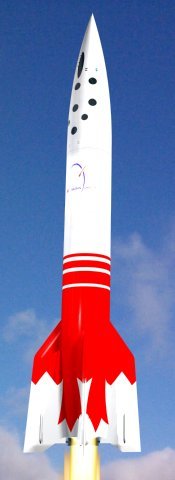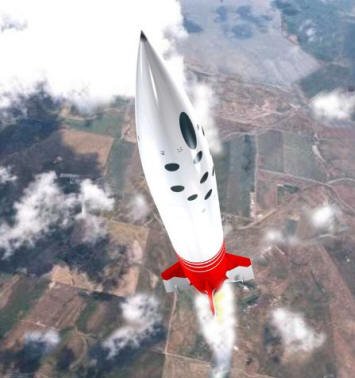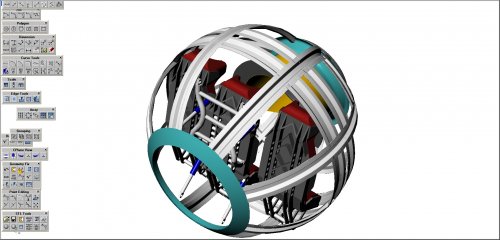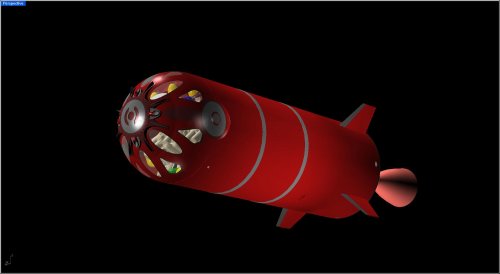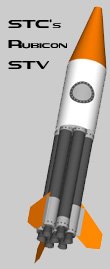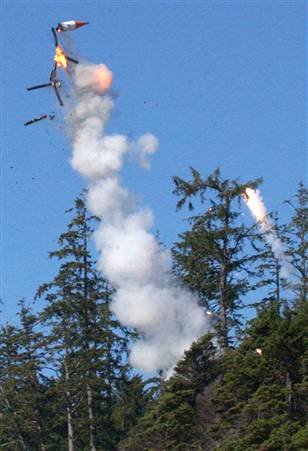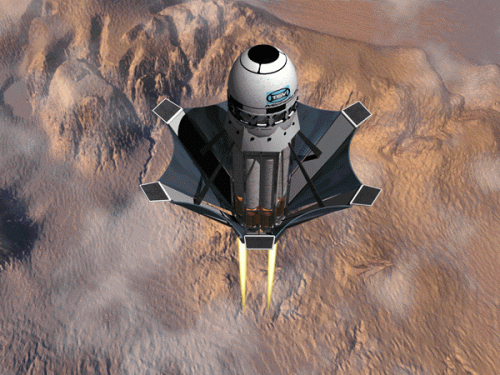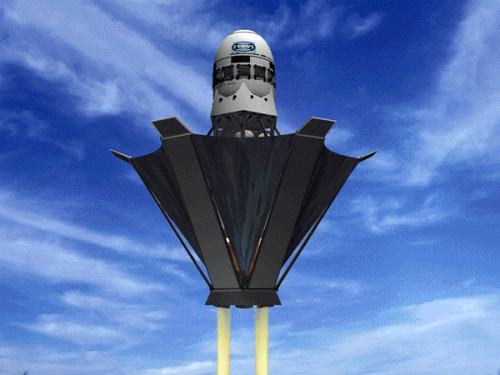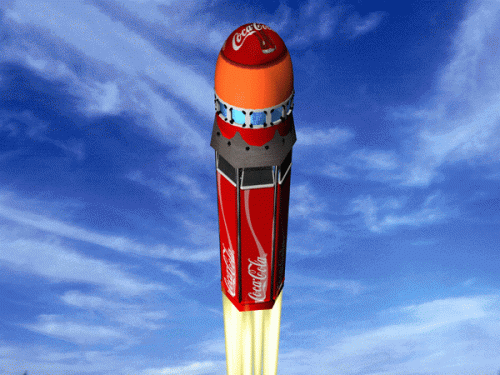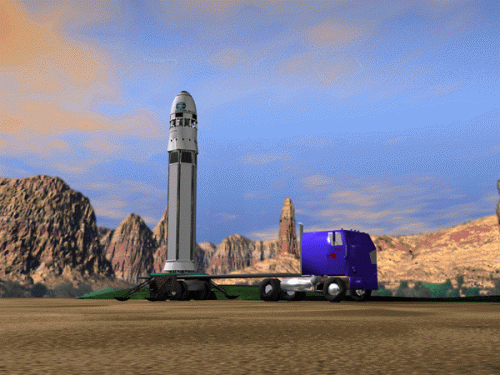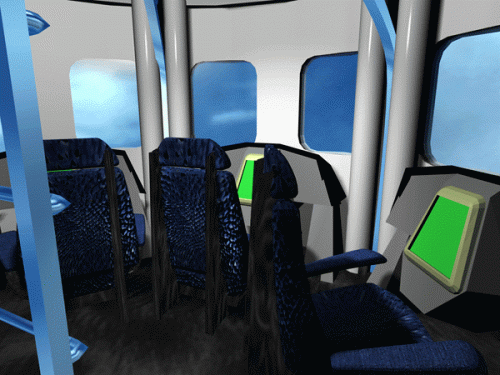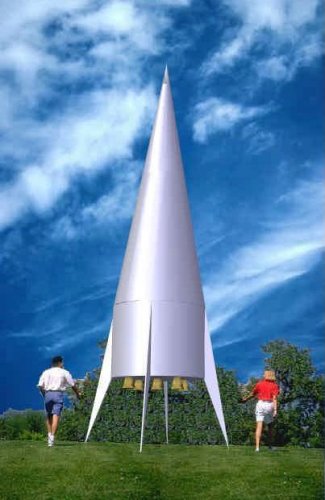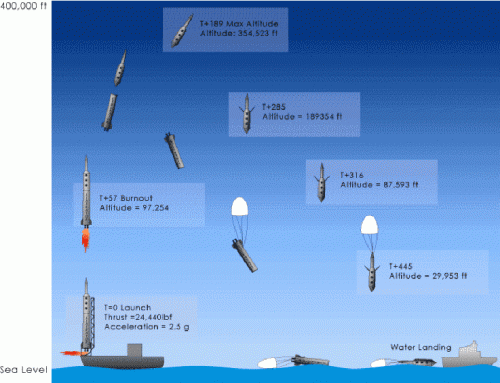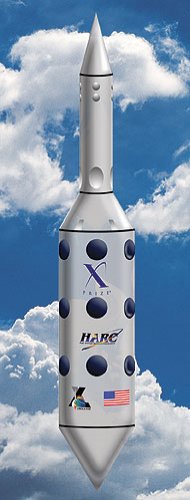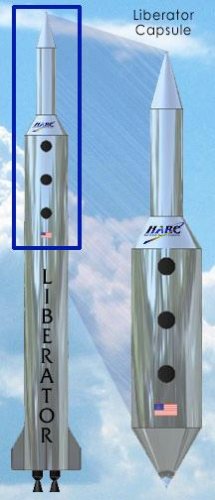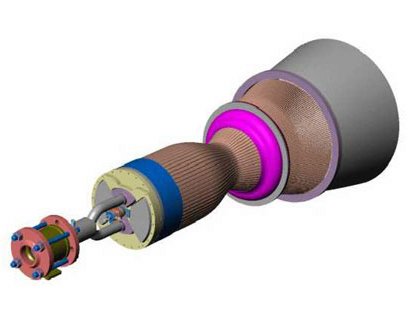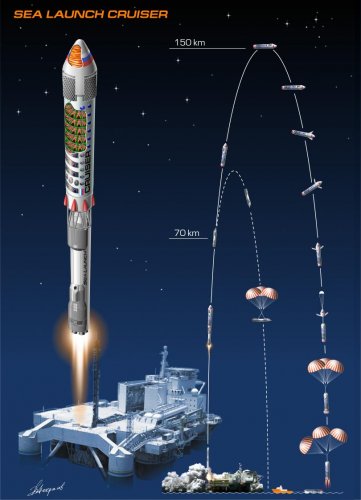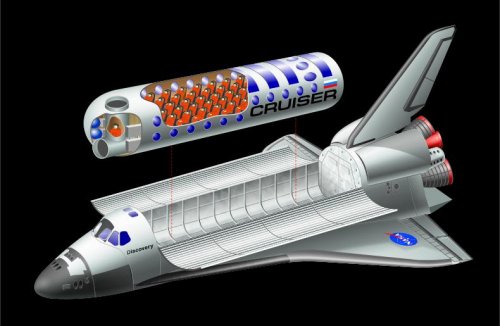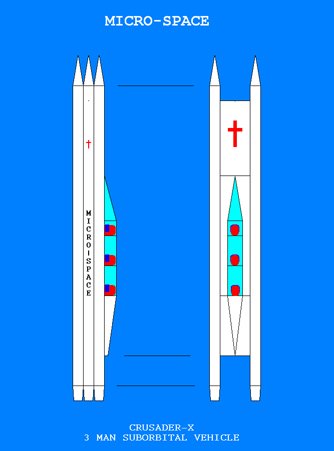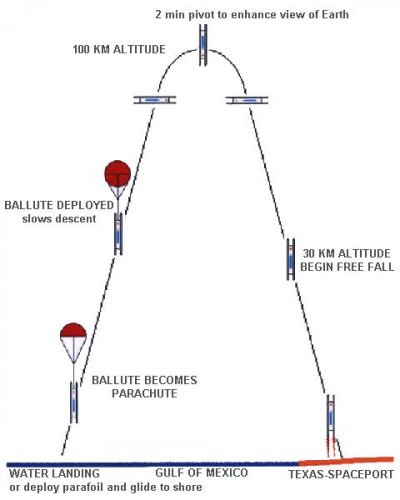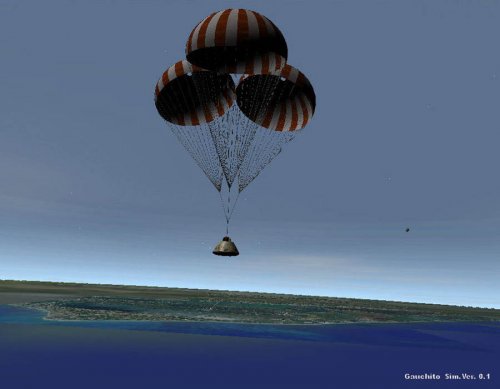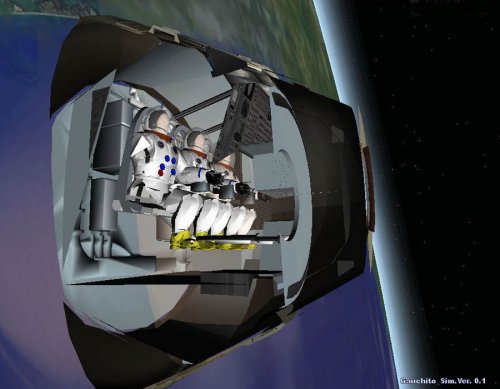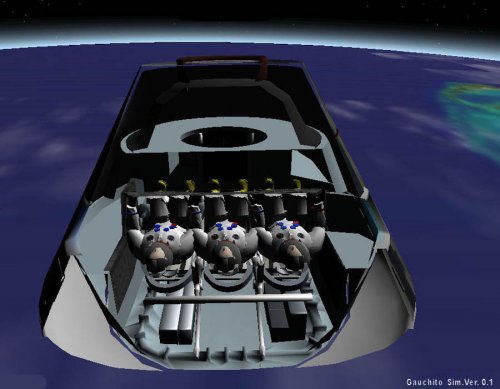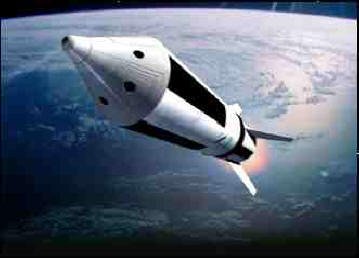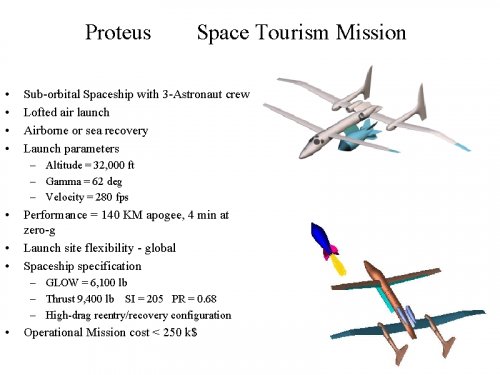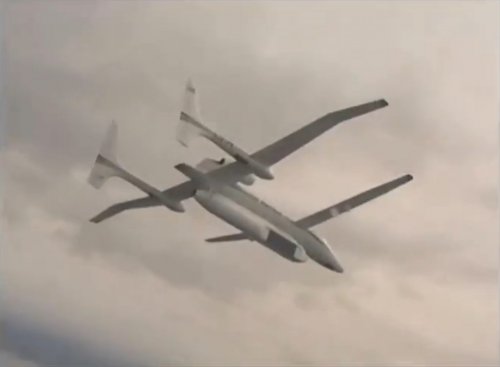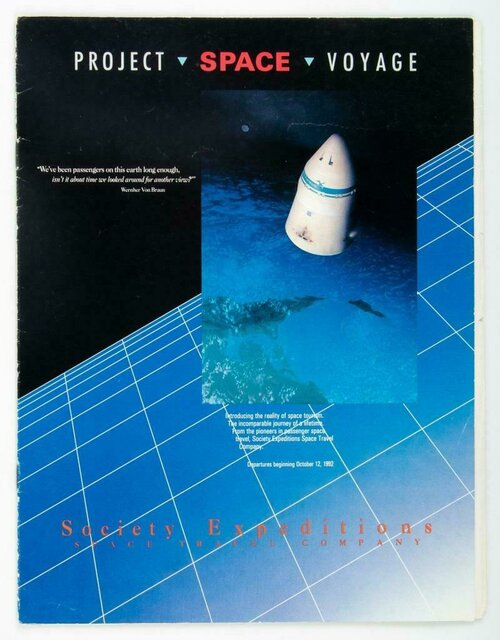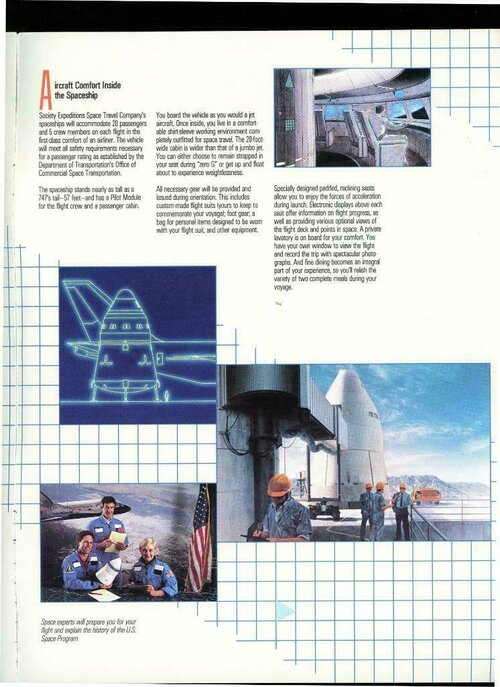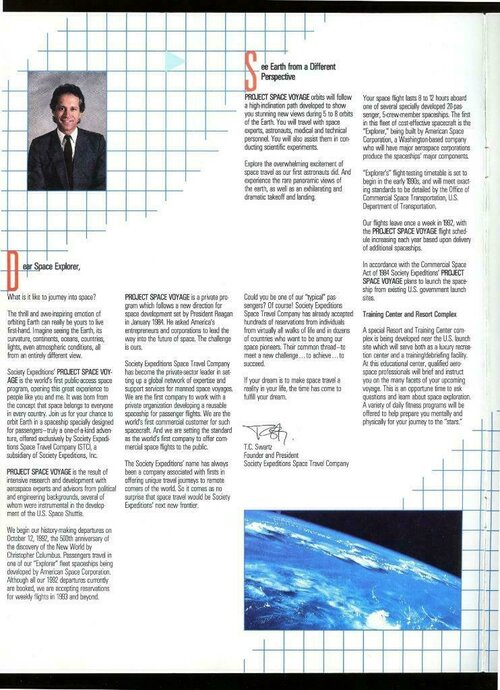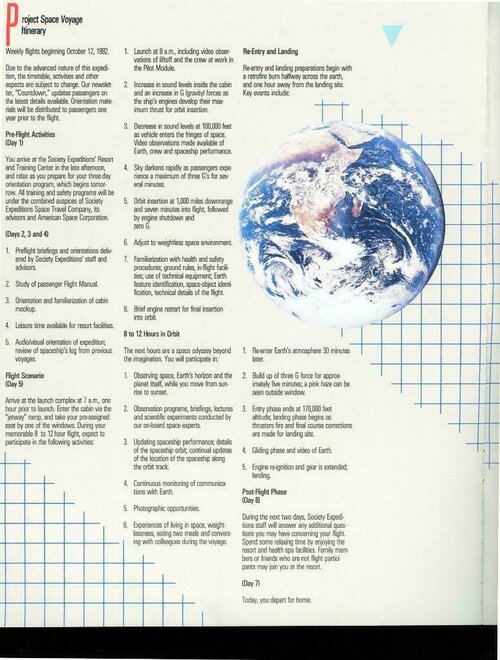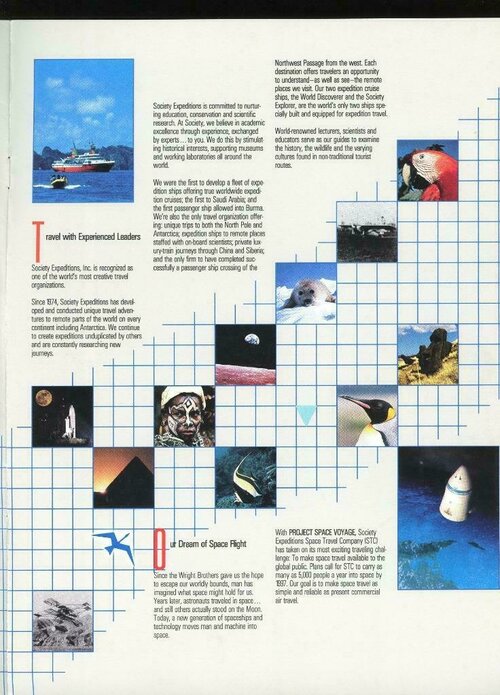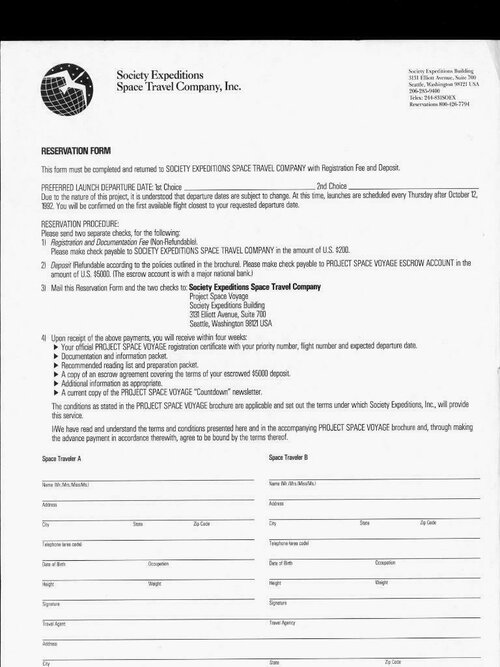FutureSpaceTourist
ACCESS: Top Secret
- Joined
- 10 March 2010
- Messages
- 590
- Reaction score
- 34
To complement the space tourism spaceplanes list, thought I'd start a space tourism VTVL RLVs list. This initial post in the thread contains the list and will be updated as further concepts are added to SPF.
Subsequent posts in the thread can be used to give details of additional concepts that don't warrant their own thread.
All the following concepts never achieved (or are yet to achieve) the funding required (which in some cases led to the closure of the associated companies), or the company moved on to different concepts:
Update 03/07/10: added Canadian Arrow and da Vinci Project
Update 04/07/10: added Flight Exploration Green Arrow
Update 11/07/10: added Vanguard Spacecraft Eagle
Update 02/09/10: added Space Transport Corporation Rubicon
Update 04/09/10: added TGV Rockets Michelle-B
Update 05/09/10: added Acceleration Engineering Lucky Seven
Update 06/09/10: added Armadillo Aerospace Black Armadillo
Update 07/09/10: added High Altitude Research Corporation Liberator
Update 11/09/10: added Aerospace Systems Universal Space System
Update 26/09/10: added American Astronautics Spirit of Liberty
Update 29/09/10: added Micro Space Crusader-X
Update 09/10/10: added Interorbital Systems Solaris X
Update 14/10/10: added ILAT Negev-5 and Negev Mk II
Update 19/10/10: added Pablo de Leon and Associates VESA
Update 20/10/10: added Orbspace Infinity
Update 31/10/10: added ARCA Orizont
Update 01/11/10: added ARCA Stabilo
Update 02/11/10: added Scaled Composites Proteus
Update 07/12/10: added Starchaser Industries Thunderbird and Thunderstar
Subsequent posts in the thread can be used to give details of additional concepts that don't warrant their own thread.
All the following concepts never achieved (or are yet to achieve) the funding required (which in some cases led to the closure of the associated companies), or the company moved on to different concepts:
- Acceleration Engineering Lucky Seven (X-prize entrant)
- ARCA Orizont (X-prize entrant)
- ARCA Stabilo
- Aerospace Systems Universal Space System
- American Astronautics Spirit of Liberty (X-prize entrant)
- Armadillo Aerospace Black Armadillo (X-prize entrant)
- Canadian Arrow (X-prize entrant)
- da Vinci Project Wildfire rocket (X-prize entrant)
- Douglas Pegasus (actually inter-continental travel, but certainly qualifies as a suborbital space ride!)
- Flight Exploration Green Arrow rocket (X-prize entrant)
- High Altitude Research Corporation Liberator (X-prize entrant)
- IL Aerospace Technologies Negev-5 (X-prize entrant)
- IL Aerospace Technologies Negev Mk II (revised X-prize entrant)
- Interorbital Systems Solaris X (X-prize entrant)
- Kawasaki Konkah Maru
- Micro Space Crusader-X (X-prize entrant)
- Orbspace Infinity
- Pacific American Phoenix
- Pablo de Leon and Associates VESA (X-prize entrant)
- Scaled Composites Proteus (X-prize entrant)
- Space Transport Corporation Rubicon (X-prize entrant)
- Starchaser Industries Thunderbird (X-prize entrant)
- Starchaser Industries Thunderstar (revised X-prize entrant)
- TGV Rockets Michelle-B (X-prize entrant)
- Vanguard Spacecraft Eagle (X-prize entrant)
- Armadillo Aerospace (final design not yet chosen)
- Blue Origin New Shepherd
Update 03/07/10: added Canadian Arrow and da Vinci Project
Update 04/07/10: added Flight Exploration Green Arrow
Update 11/07/10: added Vanguard Spacecraft Eagle
Update 02/09/10: added Space Transport Corporation Rubicon
Update 04/09/10: added TGV Rockets Michelle-B
Update 05/09/10: added Acceleration Engineering Lucky Seven
Update 06/09/10: added Armadillo Aerospace Black Armadillo
Update 07/09/10: added High Altitude Research Corporation Liberator
Update 11/09/10: added Aerospace Systems Universal Space System
Update 26/09/10: added American Astronautics Spirit of Liberty
Update 29/09/10: added Micro Space Crusader-X
Update 09/10/10: added Interorbital Systems Solaris X
Update 14/10/10: added ILAT Negev-5 and Negev Mk II
Update 19/10/10: added Pablo de Leon and Associates VESA
Update 20/10/10: added Orbspace Infinity
Update 31/10/10: added ARCA Orizont
Update 01/11/10: added ARCA Stabilo
Update 02/11/10: added Scaled Composites Proteus
Update 07/12/10: added Starchaser Industries Thunderbird and Thunderstar

